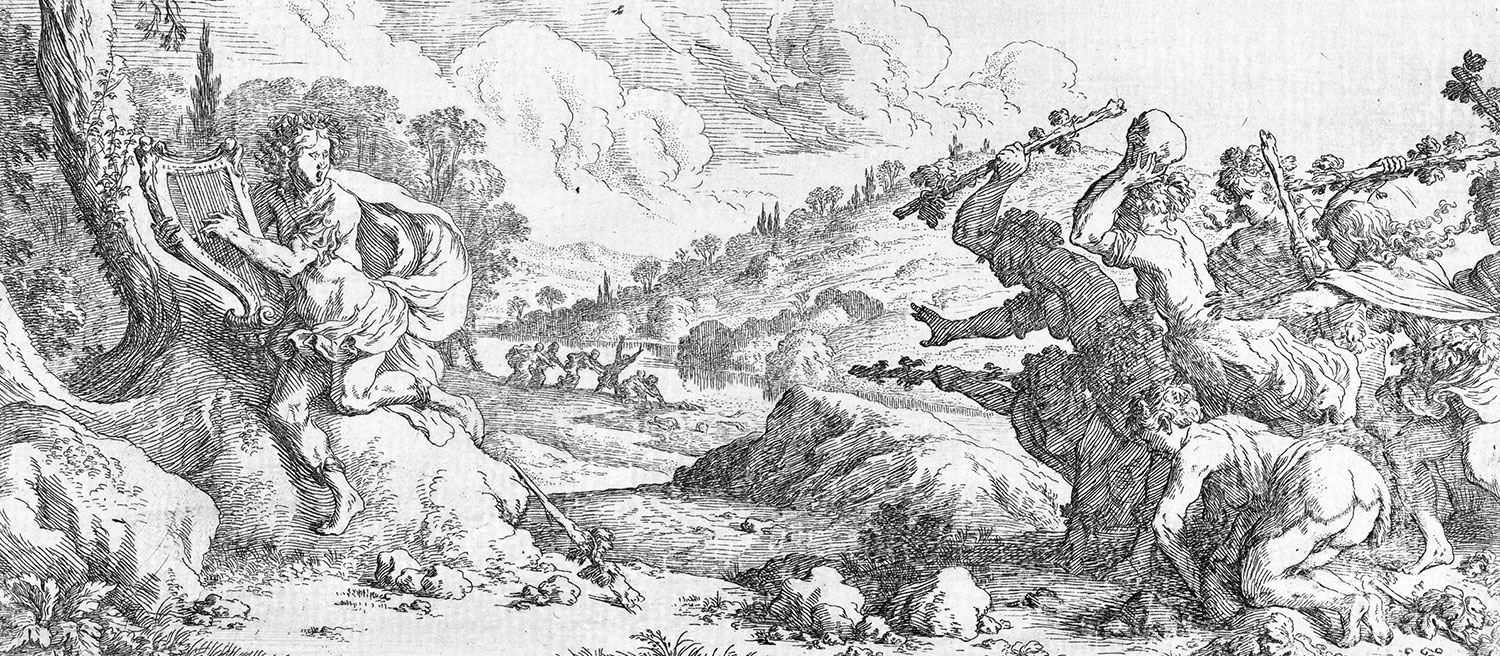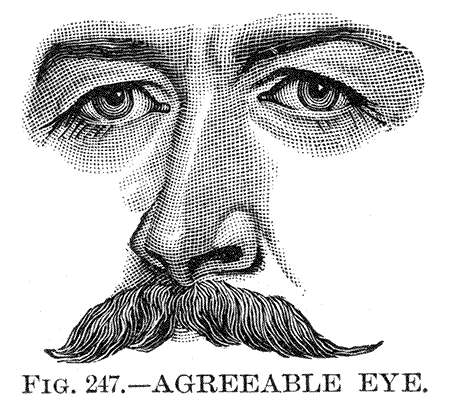cleanly

The hand that desires to cleanse the sores of other men must itself be clean, or the last state of the soul it touches may be worse than the first.
Perhaps part of the reason the class sticks with me, why I keep gnawing at the conversations in my mind, 1 is that terms are not defined.
If the artist is morally fallible (and who is not?), why should it be any worse than the failings of some less creative or notable person? Who is this ‘artist’ anyhow, and why the devil should anyone (apart from child protective service and maybe the IRS) care what they do? The ‘artist’ (as archetype) talked about by the group seems to be halfway between Jesus and Superman, saving the world morally, figuratively, and perhaps literally, but with a strong predilection for sexual violence and probably drug abuse – Apollonian and Dionysian mashed into an unspeakable gruel.
But couldn’t an artist just be some schmuck who makes stuff that isn’t really practical? 2
- Yes, dear, ruminating they call that.[↩]
- Prigs and poets alike get torn apart by maenads. Mobs are equal opportunity critics.[↩]
